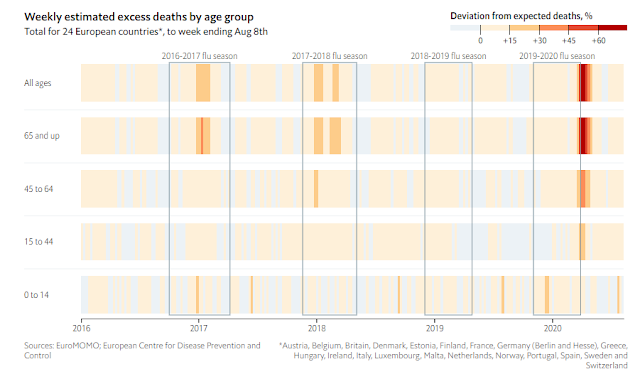Percent Infected Graphs Finally Available

COVID-19 Weekly Update: Graphs for my estimate of the % of the population that are actively infected are now finally available. They are not yet in the user interface for the web page, but you can view them from the git repository here: https://github.com/jlc42/jlc42.github.io/tree/master/figs/PercentActive I believe that this is the most useful statistic for determining the risk of a given activity. For example if you live in a location with 3% active, and you participate in an activity with 100 randomly chosen people, then on average, three people in that activity could be contagious. Some examples: In the USA (taken as a whole) about 1.25% of the population is actively infected. So in a group of 100, you would expect just over 1 person to be contagious. Some places in the US are significantly better than others: In Utah, the % infected is nearly 3%, so in a group of 100, we would expect around 3 people to be contagious. In New Mexico, the % infected is 0.5%, s...









